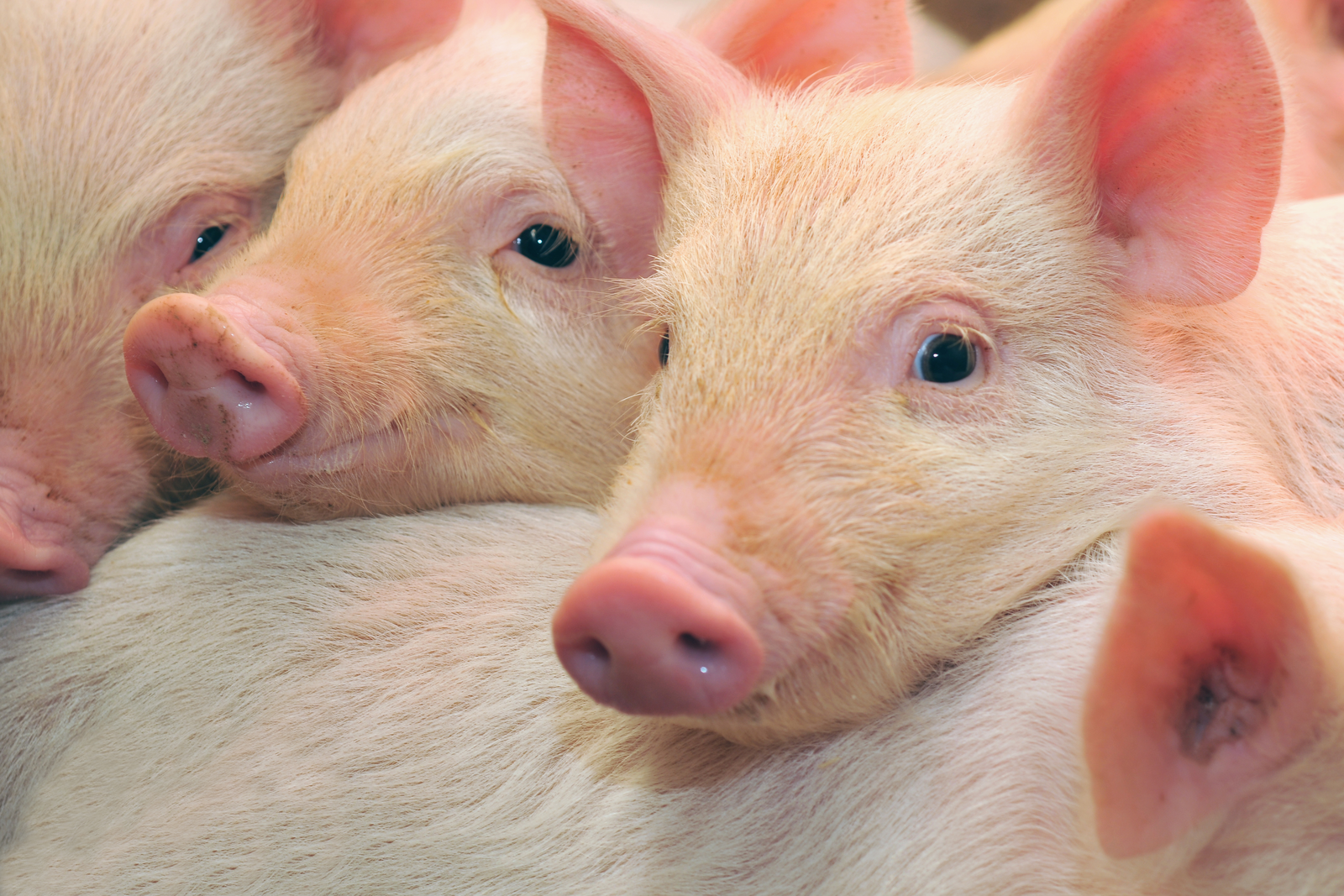How can you improve fat digestibility?

New research from Noba Vital Lipids shows that Nobacithin 50 has a higher fat digestibility than soya oil. Nobacithin 50 is a lecithin based fat product and helps to emulsify the other fat sources in the feed. This will improve fat digestion of total fat in the feed.
Lecithin is a fat-like substance which can be produced from soya bean, rape or sunflower oil. After degumming the oil, the lecithin is extracted from the gum and then cleaned. Lecithin is a complex mixture of at least 60% phospholipids; the other constituents are triglycerides, phosphatidic acid, choline, tocopherols, etc. Lecithin has a positive effect on several metabolic processes, because phospholipids play an important role in such processes.
Lecithin works as an emulsifier
The main effect of lecithin is that it works as an emulsifier. This means that lecithin makes it possible to mix oil and water together. Lecithin plays a role in the splitting and absorption of fat. So the use of lecithin leads to an increase in fat splitting, fat absorption and fat digestion. This results in more energy being available and thus it improves the technical performance of the animals.
Different factors will affect the digestibility of an oil or fat. One of these is the ratio between unsaturated (U) and saturated (S) fatty acids. In general, the higher the U/S ratio, the better the digestibility of the fat. In Table 1 the U/S ratio of different fat products has been shown.
It is important to take into account the U/S ratio of feed formulations, because there is an interaction between different fat sources and they will influence the total digestibility of the fat in the feed. If you add an oil or fat with a high U/S ratio, like soya oil or Nobacithin, to your feed with palm oil or animal fat (with low U/S ratio), the U/S ratio of the fat in the feed will increase and thereby you will increase the digestibility of the fat from palm oil or animal fat. If you have a very high level of added fat in your feed formulation, the digestibility of the fat will be affected negatively. The length of the fatty acids also influences the digestibility: medium chain fatty acids with a chain length of 8-12 carbon atoms have a higher digestibility than long chain fatty acids with a chain length of 14 carbon atoms or more. Other factors that will affect the digestibility are animal species, age of the animal and gut health.
Digestibility trial
Nobacithin 50 is a mixture based upon soya lecithin and fatty acids. Nobacithin has a high U/S ratio of 4.6 and thus is highly digestible. But what does highly digestible mean? In order to understand the digestibility of this product Noba Vital Lipids undertook a digestibility trial together with Schothorst Feed Research in the Netherlands. In this trial the true digestibility coefficient of different fat products, namely soya oil, soya lecithin, Nobacithin and palm fatty acid distillate (PFAD), were determined in pigs with a body weight of 25 kilogrammes at the start of the trial. Besides the true digestibility the emulsifying effect was also determined.
Results – 7% better digestibility
The results of this trial show that the digestibility of Nobacithin 50 is 7% higher than soya oil. Figure 1 shows the relative digestibilities compared to soya oil (soya oil has been set at 100%).
Two treatments were compared in this trial to determine the ’emulsifying effect’. Treatment X with a soya oil, rape seed oil and PFAD and treatment Y with Nobacithin and PFAD. The group with Nobacithin and PFAD showed 0.75% better digestibility than the group with soya oil, rape seed oil and PFAD. The results for Nobacithin in this trial – a better digestibility than soya oil and a clearly demonstrated ’emulsifying effect’ – confirm that Nobacithin is a good fat source for young animals and could be a replacer for soya oil.
[Source: Noba Vital Lipids]











